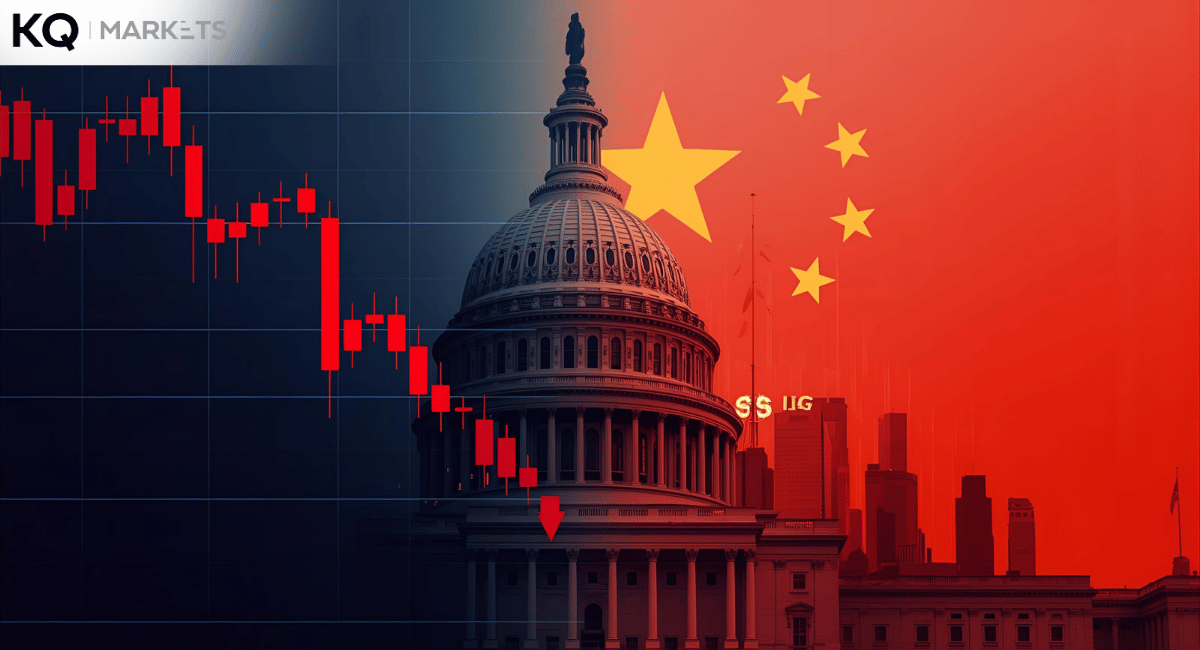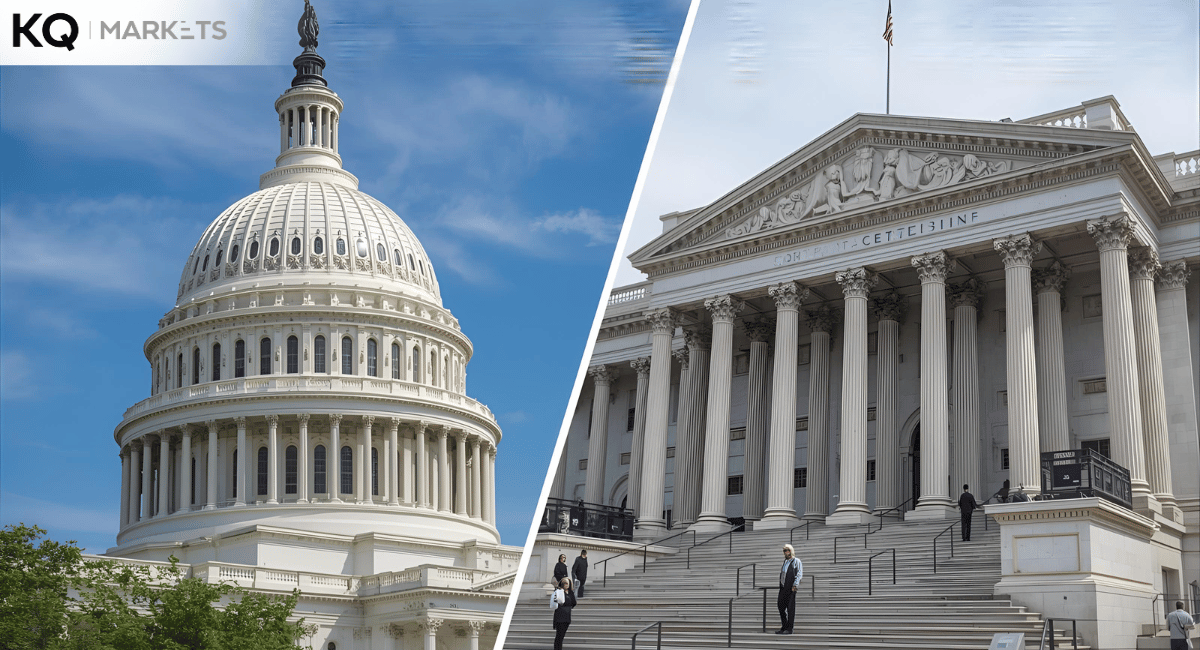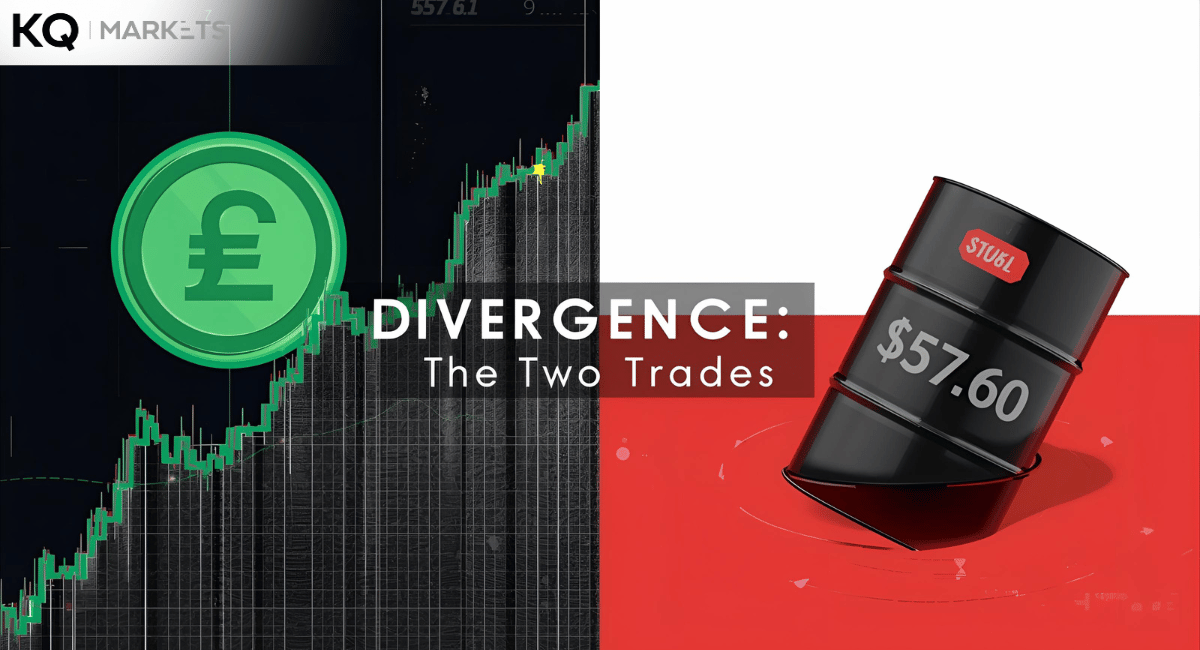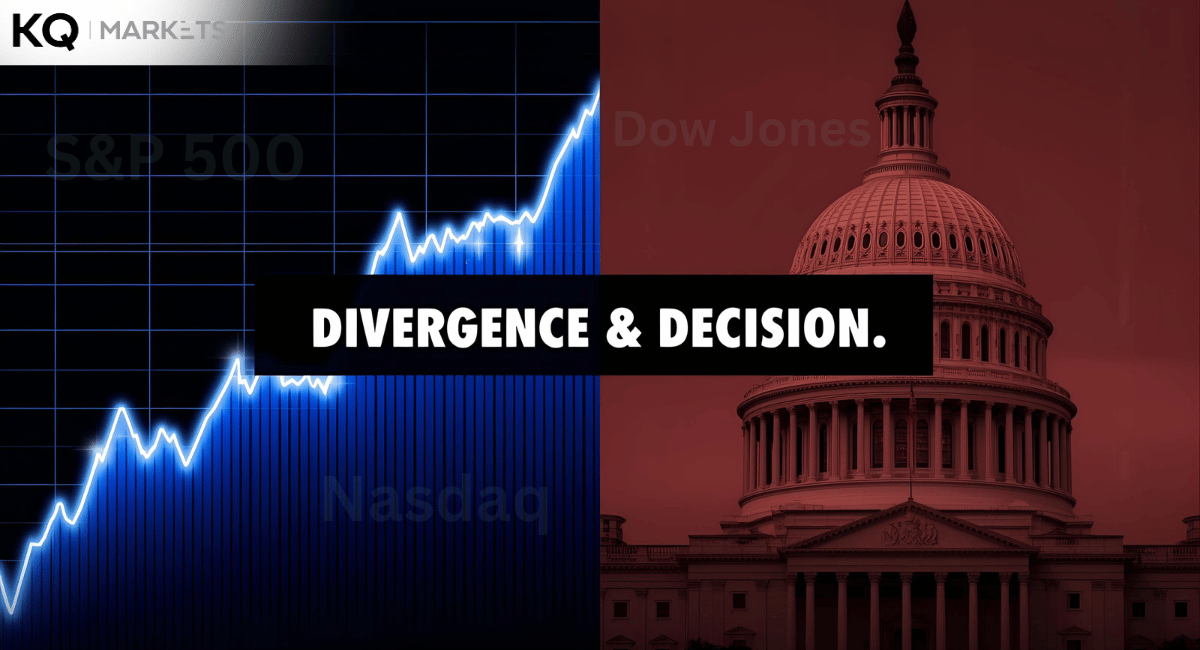Stock markets in Europe and Asia plunged on Monday. Investors are concerned about China’s social unrest fallout, high crude oil prices, and high US futures. Protests in strict zero Covid-19 cities shook up the global stock markets. Investors remain wary that the Chinese government might take more time to open up the world’s second largest economy. The protests were enormous, with thousands on streets causing immense pressure on the Chinese Communist Party. Generally, it caused a swift response from the market.
Exchanges in Hong Kong and Shanghai closed lower, as well as those in Australia and Japan. Investor jitters spread quickly to the west, with US futures dropping and Europe falling at the market's opening. Apple was among the top stocks to watch as it fell nearly 2%. In any case, investors were concerned about Apple’s iPhone production hubs across China. Crude oil prices fell to an 11-month low. But what caused the demonstrations and protests in China?
The protests began after ten people died on Thursday in a fire in Urumqi, a town in Xinjiang. Residents in the city have stayed under strict lockdown for over 100 days. Officials blame China’s severe Covid-19 restrictions, explaining that rescue efforts were delayed and residents could not escape in time. However, the authorities deny these allegations. For that reason, anger erupted across social media, with thousands taking to the streets in several cities.
Some cities with protests included Beijing campuses, Chengdu, Wuhan, and Shanghai. Students held blank paper sheets to demonstrate against widening censorship. Chinese state media announced alleged censored images at the World Cup of mask-less fans after similar images rocked social media from Chinese users. On the other hand, Twitter was grappling with an upsurge of Chinese-language spam posts that drowned out the coverage of the protests.
Some demonstrators in Shanghai called for Mr. Xi to resign, making a considerable public challenge as many faced charges for the same, including two foreign reporters. Protests are typical in China, but this time, it featured an unusual widespread unity across multiple cities. Meanwhile, authorities in China have signaled that they will ease restrictions hammering the economy. This announcement raises hopes that the economy will open up soon.
Nonetheless, recent infection outbreaks have resulted in more restrictions, with a third of the population under partial or complete lockdown. Some banks believe that China might struggle with stagnant growth until spring 2023, when it can reopen. Analysts say the anger among civilians signifies that the zero-Covid-19 approach is unsuitable. The method can only keep people under lockdown, but hurt the economy and slow down the pace of getting a solution.
Thank you for your attention and stay tuned for the most recent financial market changes. KQ Markets also provides an opportunity to open a free demo trading account. One can also start trading journey by learning to trade and practise at demo account. You can also direct access economic calendar here for free.
Read Also:
UK Inflation Falls From 41-Year High as Fuel Price Surge Eases
Funds Are Betting On More US Dollar Pain after Brutal November





